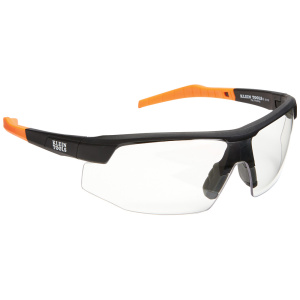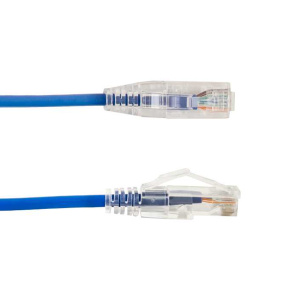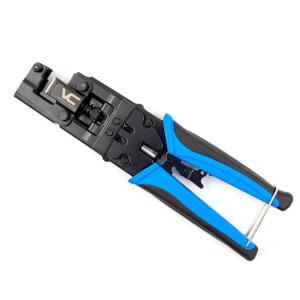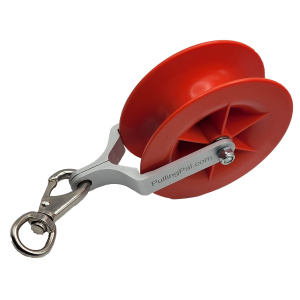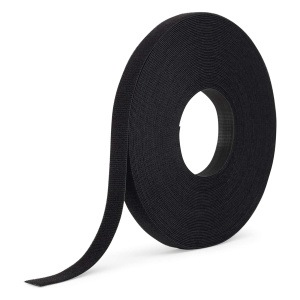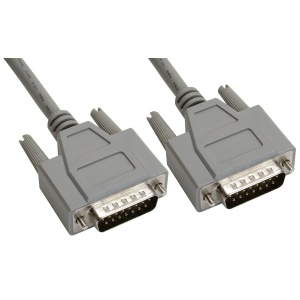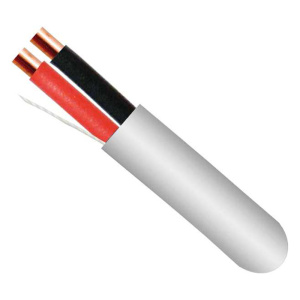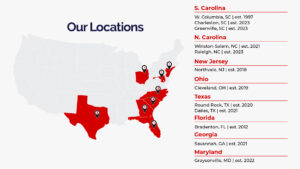Introduction
Today, it’s hard to imagine a world without high-speed internet. Its impact is broad and deep, and it’s evolved significantly since the era of dial-up connections. Now, we’re able to download movies in seconds, conduct video conferences across continents, and access huge amounts of information at our fingertips, all thanks to the power of fiber optic infrastructure. How does this impressive technology make the Internet at Light Speed a reality? Grab your digital surfboard, and let’s dive in.
Internet at Light Speed: Fiber Optic Infrastructure
At its core, fiber optic technology utilizes tiny, flexible strands of glass or plastic, known as optical fibers. These fibers transmit data as pulses of light, resulting in the moniker, Internet at Light Speed. So, let’s delve deeper and unravel the secrets behind fiber optic infrastructure.
The Science Behind Fiber Optics
In the realm of fiber optics, it’s all about light, more specifically, its speed. When data is transmitted via light pulses, it can travel at jaw-dropping speeds. The fact that light is the fastest thing in the universe isn’t a random piece of trivia here; it’s a fundamental element of how fiber optics work.
Optical Fibers: The Highways of Light
The optical fibers act as highways for these light pulses. These microscopic strands, thinner than a human hair, are made of high-quality glass or plastic. Each fiber is coated with a cladding layer that keeps the light from escaping, allowing it to move efficiently down the fiber.
The Construction and Design of Fiber Optic Cables
Fiber optic cables aren’t just bundles of optical fibers. They have a unique design and construction that protects the fragile fibers and allows for efficient data transmission.
Layers of Protection
The typical fiber optic cable consists of several layers. The core, made of either glass or plastic, is the central part that carries the light. Around the core is the cladding, which keeps the light from leaking out. Over the cladding, there’s a protective layer, and then the final outer jacket.
Bundles of Speed
Each fiber optic cable contains numerous optical fibers. This bundling allows for parallel data transmission, significantly enhancing the speed and capacity of the cable.
How Fiber Optics Enable the Internet at Light Speed
Now that we understand the nuts and bolts of fiber optics, let’s see how this infrastructure enables the internet to operate at light speed.
Digital Data Transformed into Light
To travel over a fiber optic network, digital data must be transformed into light. Devices known as modulators accomplish this by changing the data into light pulses.
Pulsing Light Travels Down Optical Fibers
Once the data is transformed into light, it pulses down the optical fibers. This is where the term ‘Internet at Light Speed’ comes from, as these pulses are traveling at an incredibly fast pace.
The Impact of Fiber Optic Infrastructure
The fiber optic infrastructure doesn’t just impact our internet speed; its effects ripple across various aspects of our lives.
Revolutionizing Communication
With the Internet at Light Speed made possible by fiber optics, we can communicate instantaneously across the globe. This has opened up new possibilities in the field of telecommunications.
Enhancing Entertainment
Fast internet speed has redefined entertainment, making streaming services like Netflix and Hulu viable and popular. Additionally, online gaming has benefitted tremendously from low latency provided by fiber optics.
Empowering Businesses
The high-speed, reliable connection offered by fiber optic infrastructure is a boon for businesses. It enables seamless cloud computing, video conferencing, and other operations that businesses rely on.
Frequently Asked Questions
1. How much faster is fiber optic internet compared to traditional broadband? Fiber optic internet is significantly faster than traditional broadband. It can offer speeds up to 1 Gbps (1000 Mbps), while the average broadband speed typically ranges between 10 to 50 Mbps.
2. Is fiber optic internet more reliable? Yes, fiber optic internet is typically more reliable. It’s less likely to be affected by environmental factors and provides a consistent, high-speed connection.
3. What are some disadvantages of fiber optic infrastructure? One of the main disadvantages is the cost. Building fiber optic networks is expensive, and thus it may not be available in all areas. Also, the installation process can be complex and require professional assistance.
4. Can fiber optic cables be damaged easily? Although the glass fibers inside are fragile, the multiple layers of protection in the cables make them fairly robust and resistant to most common damages.
5. Why is the ‘Internet at Light Speed’ important? The speed of the internet impacts everything from streaming videos to downloading files and browsing the web. Faster internet speeds lead to a smoother, more enjoyable online experience.
6. Is the ‘Internet at Light Speed’ available everywhere? While the infrastructure is expanding, it’s not available everywhere just yet. Rural areas and developing countries often lack access to fiber optic infrastructure.
Conclusion
The journey of understanding the Internet at Light Speed: Fiber Optic Infrastructure is a testament to the marvelous potential of human innovation. Fiber optics has forever changed how we interact with the digital world. As we look towards the future, it’s clear that the influence of this technology will continue to grow, shaping our digital experiences in ways we can only begin to imagine.

